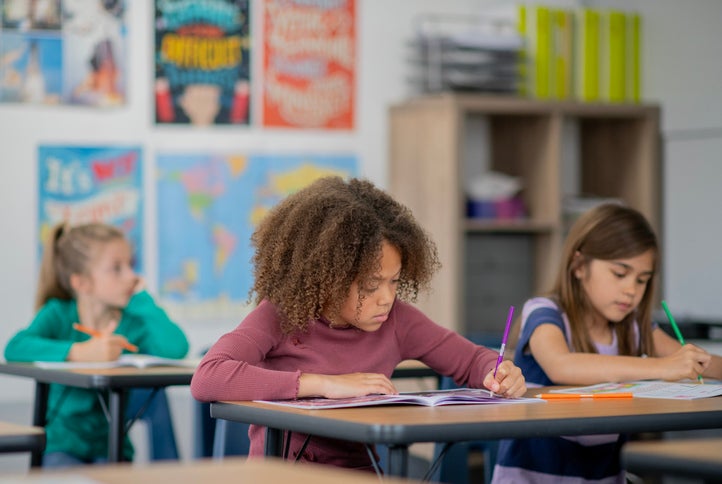Empowering Safer Schools Through Preparation & Practice
October 30, 2024

Creating a safe space for students and staff has never been more critical. School safety isn’t just about emergencies—it’s about fostering an environment where students can thrive without fear. Modern K-12 safety solutions prioritize both everyday security and emergency preparedness. This requires proactive measures and reliable systems to prepare schools for any situation. At the core of any emergency action plan is effective communication. In emergencies, timely and clear communication across the school is essential, ensuring everyone receives critical updates when needed. Using advanced paging systems to deliver real-time information helps schools keep everyone informed, reinforcing the sense of safety throughout the campus. Integrating these safety tools with other systems—like access control, video surveillance, and public safety networks—also plays a vital role in school safety. Schools can connect directly with local emergency services and distribute real-time alerts campus-wide through partnerships and compliance with standards like Alyssa’s Law. This seamless communication provides a framework supporting daily security and emergency readiness.
Building a culture of safety involves not only providing the right tools but also preparing students and staff to use them effectively. An example is how Cherry Creek School District developed a safety-first culture by implementing Valcom tools and using The “I Love U Guys” Foundation Standard Response Protocols to train students and staff. The district further reinforces this culture by conducting regular safety drills, allowing students and staff to practice their responses and build familiarity with the protocols. This combination of tools, training, and hands-on drills ensures everyone understands their roles during an emergency, fostering confidence and collaboration across the school community. By fostering confidence through training and awareness, schools can empower their communities to respond proactively and create an environment where safety is part of the daily routine, supporting a secure and positive atmosphere for learning and growth.
